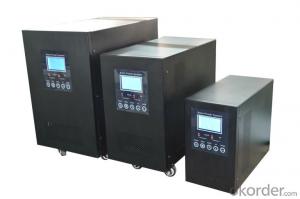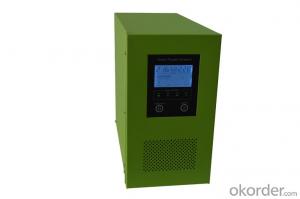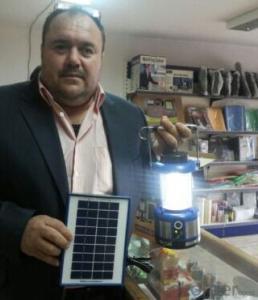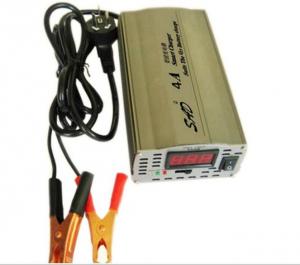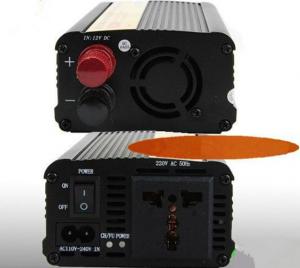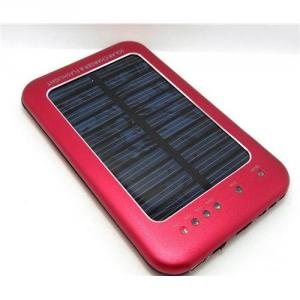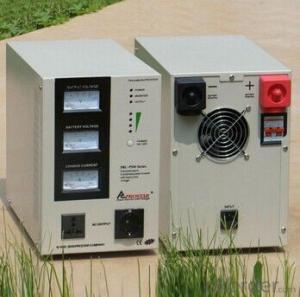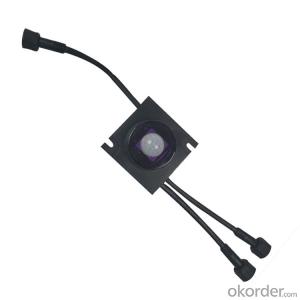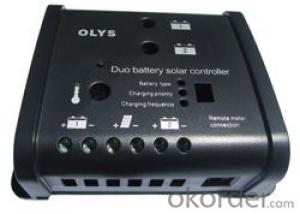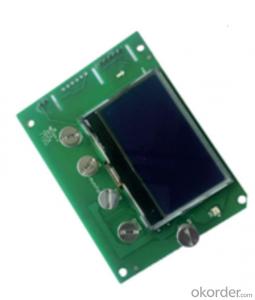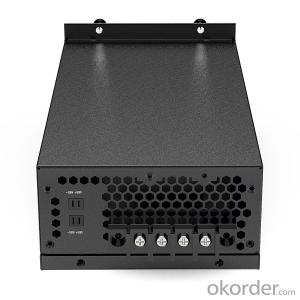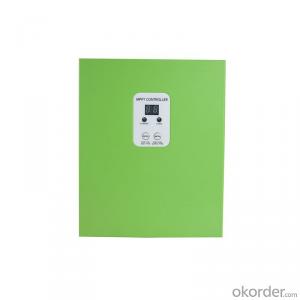Solar Inverter Charger 12v
Solar Inverter Charger 12v Related Searches
Best Solar Inverter For Home Home Power Inverter For Solar Best Inverter For Solar Pv Best Inverter For Solar Mini Solar Inverter For Home Solar Panel Inverter For Rv Inverter For 5kw Solar System Inverter For Solar Power Plant Inverter For Home Solar Solar Power Inverter For RvHot Searches
Inverter Size For Solar System Solar With Inverter Price Solar Inverter With 2 Battery China Solar Inverter 3kw 220v China Solar Inverter 3kw Inverter Solar System Price 1 Kva Solar Inverter Price Solar Inverter 1 Kva Price 1 Mw Solar Inverter Price 12v Solar Inverter Price Solar Inverter Charger Price Sine Wave Solar Inverter Price Sma 3kw Solar Inverter Price 3kw Solar Inverter Price Solar Inverter Sine Wave Smart Solar Inverter Price Solar Inverter Charger Price Solar Energy Price Home Solar Energy Cost Solar Inverter Green EnergySolar Inverter Charger 12v Supplier & Manufacturer from China
Okorder.com is a professional Solar Inverter Charger 12v supplier & manufacturer, offers integrated one-stop services including real-time quoting and online cargo tracking. We are funded by CNBM Group, a Fortune 500 enterprise and the largest Solar Inverter Charger 12v firm in China.Hot Products
FAQ
- Yes, a solar controller can be used with solar-powered indoor vertical farming systems. Solar controllers are designed to regulate and optimize the flow of electricity from solar panels to the connected devices or systems, such as indoor vertical farming systems. By effectively managing the charging and discharging of batteries and ensuring a stable power supply, a solar controller can help maintain the proper functioning of the indoor vertical farming system even without direct access to traditional power sources.
- Certainly! Solar-powered indoor aquaponics systems can utilize a solar controller. This device is responsible for managing the charging and discharging of batteries within a solar power system. To power pumps, lights, and heaters in an indoor aquaponics setup, solar panels are employed to generate electricity. The solar controller plays a crucial role in ensuring that the batteries are charged optimally and safeguarded against both overcharging and discharging. In doing so, it maximizes the utilization of solar energy. Consequently, a stable and dependable power supply is maintained for the indoor aquaponics system, enabling it to operate efficiently and sustainably.
- To determine the maximum solar panel input current for a solar controller, you need to consider a few factors and perform some calculations. Here are the steps you can follow: 1. Check the specifications of your solar controller: The maximum solar panel input current is usually mentioned in the product specifications provided by the manufacturer. Look for the "Max Input Current" or "Max PV Current" rating. This value represents the highest current that the solar controller can handle. 2. Determine the maximum current rating of your solar panels: The maximum current rating of your solar panels can typically be found in their specifications or datasheet. Look for the "Imp" (maximum power current) or "Isc" (short-circuit current) rating. This value represents the maximum current that the solar panels can generate under optimal conditions. 3. Consider the total number of solar panels in your system: If you have multiple solar panels connected in series or parallel, you need to account for the combined current they generate. For series connections, the current remains the same, but for parallel connections, the current adds up. 4. Check the voltage compatibility: Ensure that the voltage output of your solar panels aligns with the voltage input range of your solar controller. If the voltages don't match, you may need to use a voltage converter or select a different solar controller. 5. Perform calculations: Multiply the maximum current rating of a single solar panel (Imp or Isc) by the number of panels in the system. If you have parallel connections, add up the currents, but if you have a series connection, the current remains the same. 6. Compare the calculated current with the maximum input current rating of the solar controller: If the calculated current is lower than or equal to the maximum input current rating of the solar controller, then it is compatible. However, if the calculated current exceeds the maximum input current rating, you will need to either reduce the number of panels or select a different solar controller with a higher input current rating. Remember to always consult the product manuals, datasheets, or contact the manufacturer for accurate and specific information regarding your solar panels and solar controller.
- Solar controller is called solar charge and discharge controller, is used in solar power system, the control of multi-channel solar cell array on the battery charging and battery to the solar inverter load power supply automatic control equipment
- Perfect protection: electrical protection reverse, short circuit, overcurrent and so on.
- How the solar panels with the controller
- Battery status indication: When the battery voltage is in the normal range, the status indicator (2) is green; if the status indicator is green slow flashing; when the battery voltage drops to undervoltage, the status indicator turns orange; when the battery When the voltage continues to decrease to the overdischarge voltage, the status indicator (2) turns red, and the controller will automatically turn off the output to remind the user to replenish the power in time. When the battery voltage returns to the normal operating range, the output enable action will be automatically enabled and the status indicator (2) will turn green;
- The terms "solar controller" and "solar regulator" can be used interchangeably to describe the device that regulates and controls the charging process of a solar panel system. Their main purpose is to prevent the batteries from overcharging by regulating the current flow from the solar panels. This is crucial for maintaining the batteries' health and lifespan. Typically, solar controllers or regulators are installed between the solar panels and the battery bank in a solar power system. They are available in various types and sizes, depending on the specific application and system requirements. Common types include PWM controllers and MPPT controllers. PWM controllers are simpler and less expensive, while MPPT controllers are more advanced and efficient in maximizing the power output from the solar panels. In essence, whether referred to as a "solar controller" or "solar regulator," both terms describe the same device responsible for managing and controlling the charging process in a solar panel system. Their goal is to ensure optimal performance and battery health.
- The specific model and manufacturer determine the maximum power rating that a solar controller can handle. In order to regulate the energy flow from the solar panels to the battery bank, solar controllers are generally designed to handle a certain maximum wattage or current. The manufacturer typically specifies this maximum power rating, which can vary significantly. It is crucial to select a solar controller that can handle the maximum power output of the solar panels being used. If the maximum power rating of a solar controller is exceeded, it can result in overheating and potential damage to the controller. Therefore, it is essential to refer to the specifications provided by the manufacturer or seek professional advice to determine the appropriate solar controller for a given solar panel system.










